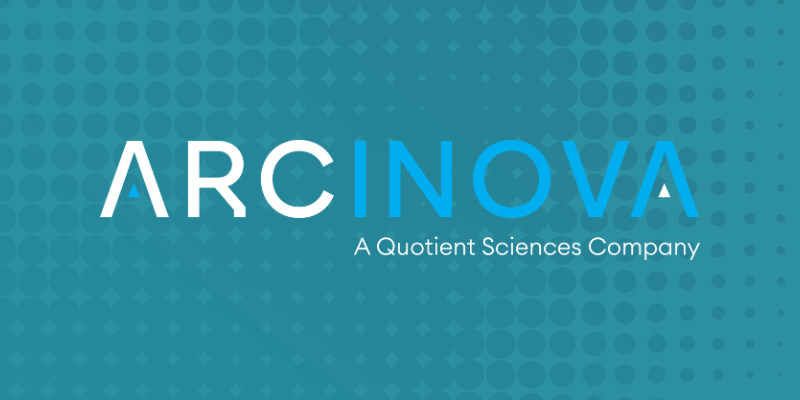Martin Wing-King, Vice President and General Manager, Site Head at Reading, discusses the capabilities offered on-site at Reading and expertise that our team offers in formulation development for both simple and complex dosage forms.
In the second part of an interview with Martin Wing-King, Vice President and General Manager at the Reading, UK site, he discusses the facility's capabilities in formulation development for both simple and complex dosage forms.
The Reading site offers 12 GMP manufacturing suites equipped to develop tablets, solutions, suspensions, and inhaled dosage forms. For accelerated First-in-Human trials, simple formulations like "drug in capsule" and "powder in bottle" are utilised, conserving API and reducing development time.
Miss the first part of our series? Read it here.
Can you discuss the company's approach when it comes to “simple” versus “complex” formulation development?
We know complex formulations are not always necessary to get into the clinic if the customer’s goal is simply to rapidly get to first-in-human trials. The Reading facility has 12 GMP manufacturing suites. With the space, equipment, and expertise that we have in Reading, we can develop tablets, solutions, suspensions, and inhaled dosage forms as part of our formulation development capabilities—all depending on what the customer needs are. The equipment that we recently brought online at Reading gives us capacity and tools to investigate simple formulations faster.
For example, “drug in capsule” (DIC) and “powder in bottle” (PIB) approaches give our customers the opportunity to get their drug product into the clinic quickly for a Phase I trial. In these cases, we would use the Xcelodose® machine for directly filling API into capsules with a high level of accuracy and fill quantities between 0.1 and 100mg.
These simple formulations are a great choice compared to alternative choices of hand filling or developing powder blend formulations. These approaches reduce analytical method development and manufacturing time, simplify stability requirements, and reduce API usage in Phase I studies—this also translates to savings, as the API can be conserved and used for later trials, or smaller batches can be made potentially of the API in the first place.
How do these services help to meet pediatric and rare disease indication needs?
Rare diseases often have much smaller patient populations and can be overlooked due to their commercial viability, low volume requirements, or complex patient needs. We’re proud to say that these are areas are where we are well suited, with both expertise and equipment available to take on these smaller batches and novel use cases for our customers.
Additionally, API for rare disease indications can be expensive or complicated to produce. It may even be in short supply. Conserving API is something we keep in mind for our customers’ programs. We have seen numerous times where a simple “drug in capsule” approach for Phase I and even Phase II trials saves and cost in developing more complex formulations.
In one customer case study, we did drug product manufacturing to supply a clinical pharmacology program for a drug-drug interaction (DDI) study with Quotient Sciences. The program was for an oncology customer who partnered with us and had limited API supply, at a very high cost per kilogram. Not only that, but there were long lead times for new batches of the API and a multiyear Phase Ib/IIa trial was being conducted in multiple countries and had to be dosed in oncology patients. Recruitment rates were likely to vary from clinic to clinic.
We overcame the API challenges by using a “drug in capsule” approach to conserve API and worked closely with the customer to manufacture batches to resupply clinics throughout dosing periods for their trial. Based on favourable clinical data, we are now formulating the drug product that can be used in Phase IIb and beyond.

